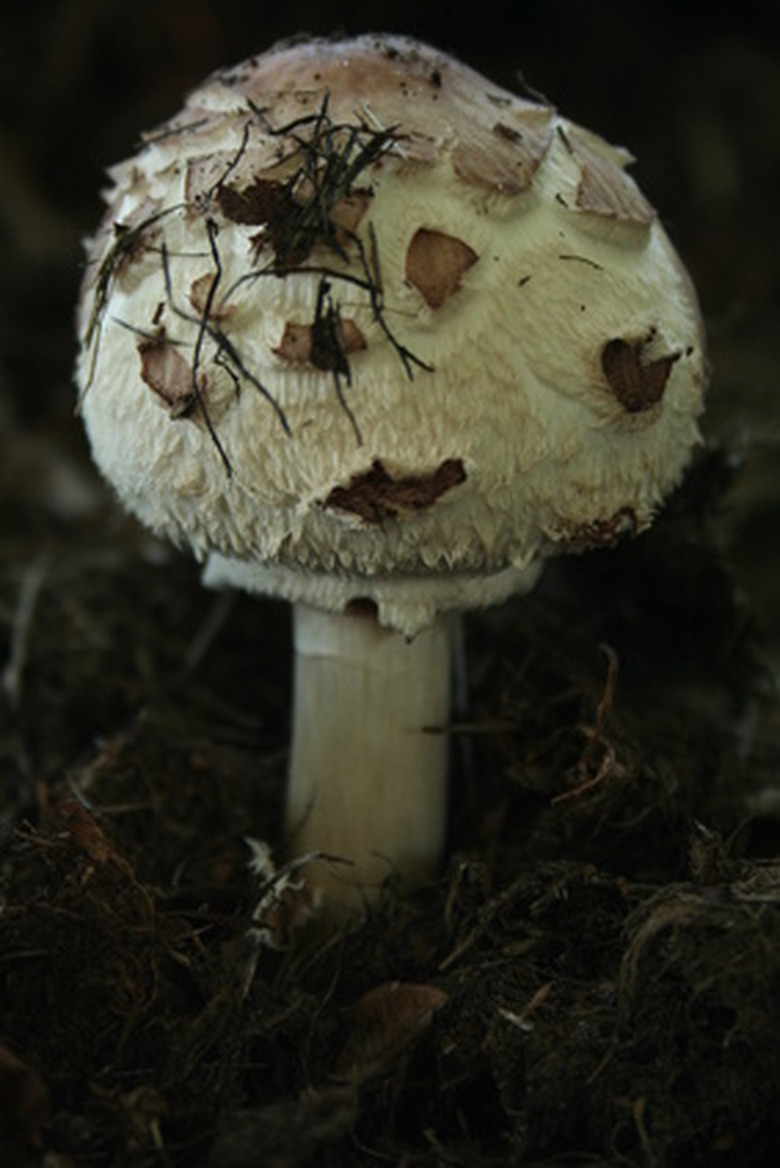How To Destroy Fungus In Soil
Things Needed
-
Baking soda
-
Spray bottle
-
Cinnamon (optional)
Tip
Once the fungi are under control, preventing future growth should be the primary focus. This includes having proper drainage for potted plants and lawns. Also be sure to refrain from overwatering plants and lawns as well.
Try natural remedies to rid soil of fungi before resorting to harsh chemicals. This is healthier for the plants and the rest of the environment.
Fungi love dark and wet places, making over-watered areas of soil like a vacation spot for them. Pairing an over-watered area with the heat caused from nature (or other heat sources) creates a spa-like setting for the fungus. So what happens when the fungus has already multiplied and the plant is now suffering? Unfortunately, there is no way to completely kill the fungus. Instead, preventing it from breeding and spreading is the only way to stop it.
Step 1
Remove the plant from the current location if it is potted. Try an area with more light, or less exposure to airflow. Sometimes this is all that's necessary. This may not be an option, such as with entire lawns. Under these circumstances, continue with the following steps.
Step 2
Carefully inspect the plant leaves and soil for fungi. It can appear as fuzzy white or gray spots on the plant or in the soil.
Step 3
Manually remove any visible fungus. On plants that have leaves severely covered in the fungus, removal of the leaf may be necessary.
Step 4
Spray the affected soil and plants with a mixture of baking soda and water. The mixture should be: 1 tbsp. of baking soda per gallon of clean water. For more stubborn areas, you can increase the baking soda to 2 tbsp. Additionally, 1 tsp. of vegetable oil can be added to the solution. This will help the mixture stick to the leaves of the plant.
Step 5
Repeat the process every other day until signs of the fungi disappear. For persistent fungi, move to the next step.
Step 6
Sprinkle a small amount of cinnamon on the soil and affected plants once per week. Cinnamon is a natural fungicide. Be sure not to use too much cinnamon, as this can inhibit root growth in the plants.
Step 7
Try applying a 1-inch layer of earthworm castings to the soil. This product is available at local nurseries, as well as from online retailers (see link in Resources). If none of the above remedies work, chemicals are the next option. Anilazin, Captafol, Copper Sulfate, Dinocap, Folpet, Thiram, and Zineb are used as chemical treatments for fungi in soil. These chemicals are widely available at local nurseries or gardening stores.
